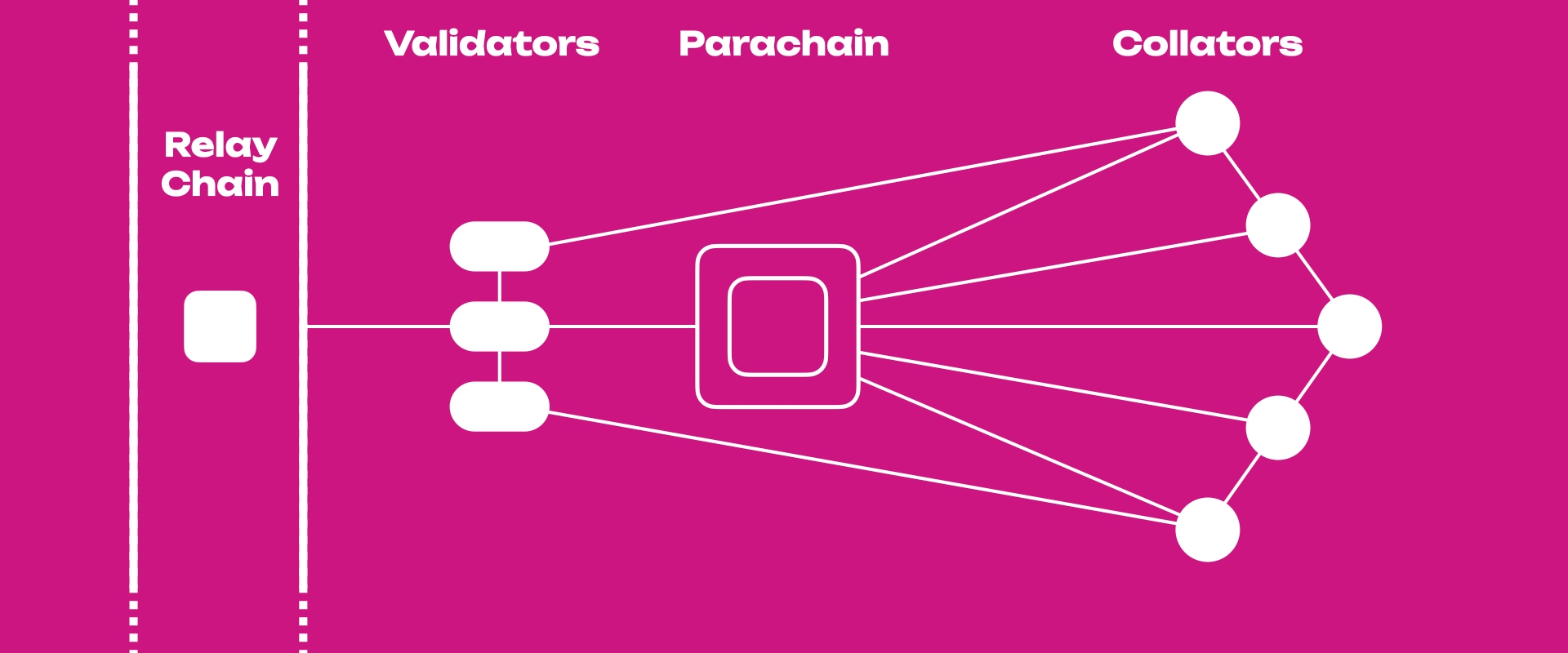Parachain
A basic concept introduction to parachain
A parachain is an application-specific data structure that is globally coherent and validatable by the validators of the Relay Chain. They take their name from the concept of parallelized chains that run parallel to the Relay Chain. Most commonly, a parachain will take the form of a blockchain, but there is no specific need for them to be actual blockchains.
Basically, parachains are layer-1 blockchains that connect to the relay chains (Polkadot, for example), which validate the state transition of connected parachains, providing a shared state across the entire ecosystem. Since the validator set on the relay chains is expected to be secure with a large amount of stake put up to back it, it is desirable for parachains to benefit from this shared security.
Moreover, by using heterogeneous sharding, each parachain could be easily tailored through the substrate framework, optimizing them for a specific use case and running in parallel rather than the same across all shards.
To serve as the backbone platform for various Litentry products and achieve a transparent and decentralized user experience, our parachain was launched with customized features:
Heima (Previously known as Litentry) on Polkadot (onboarded on July 4th, 2022)
Heima Network (Polkadot)
Chain ID: 2013
Blockchain Explorer: Statescan
Was this helpful?
